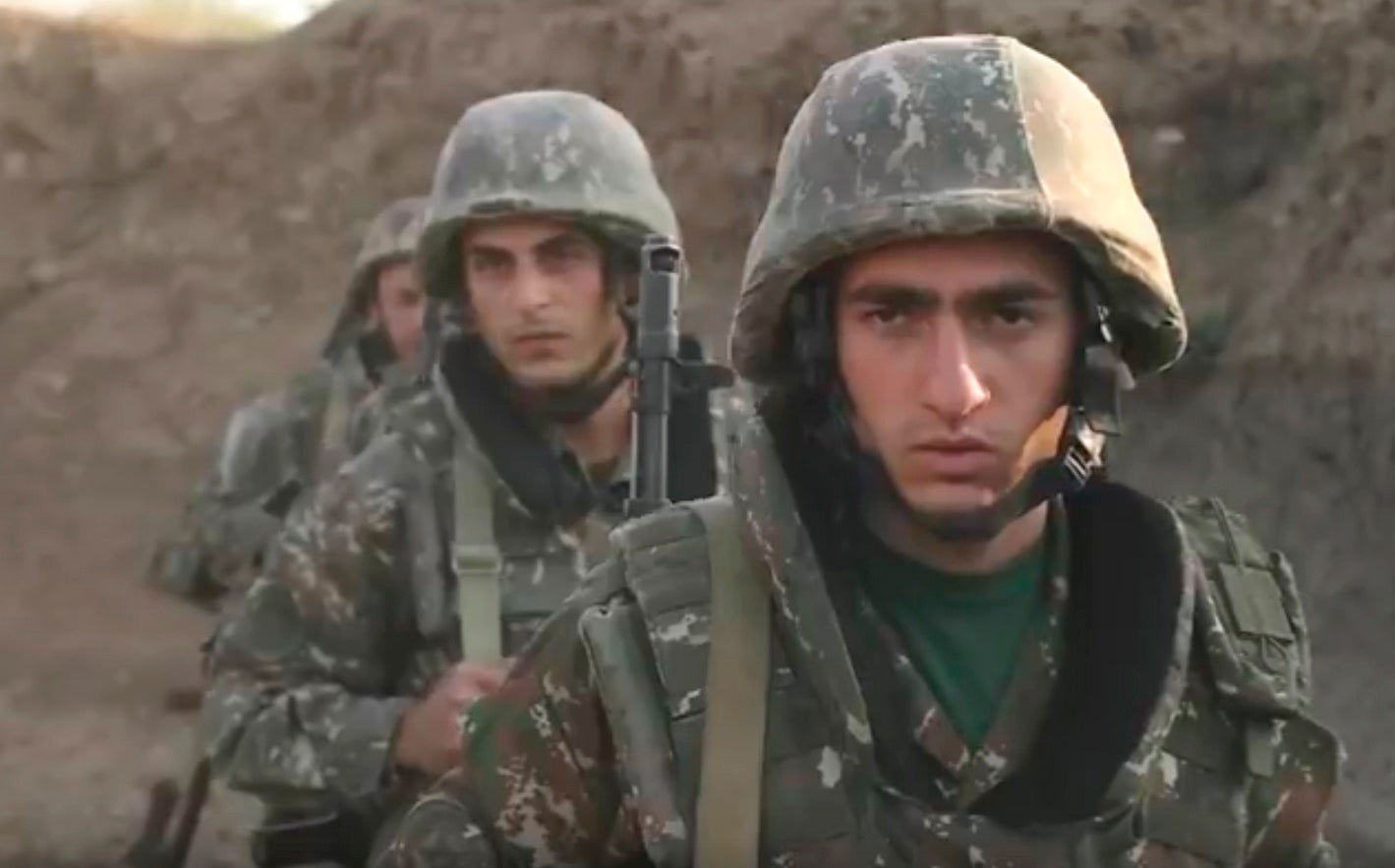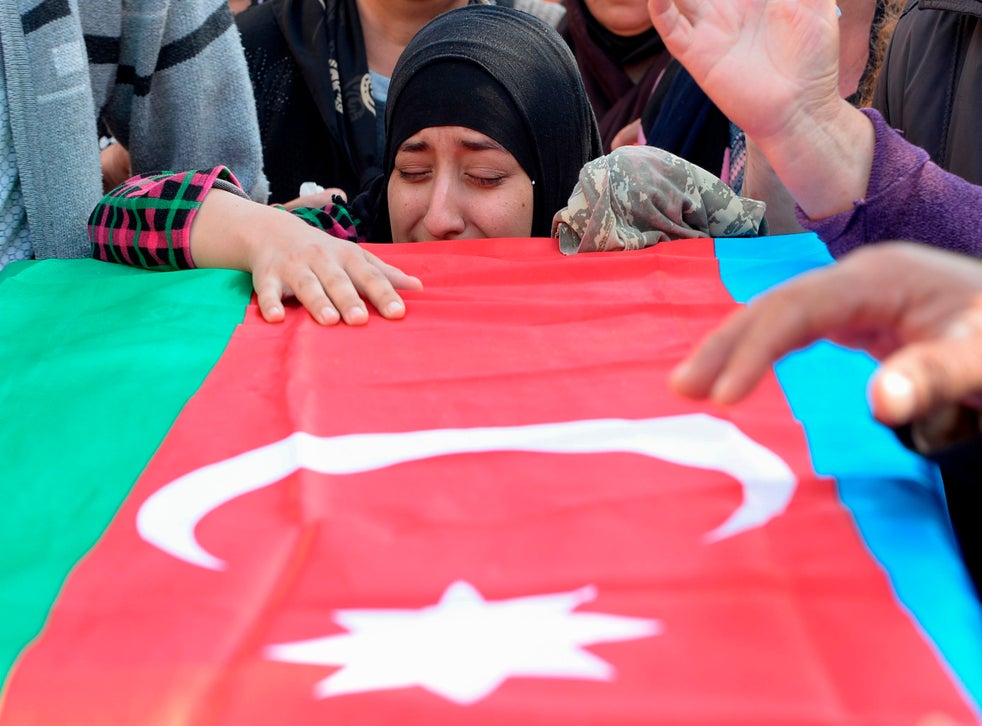
What and where is Nagorno-Karabakh?
Nagorno-Karabakh is a disputed, Armenian-controlled breakaway region inside internationally recognised Azerbaijan. The two former Soviet states have been locked in conflict over the territory for the last four decades. A bloody war in the early 1990s saw an estimated 20,000 people killed, and a million displaced. It was ended by an uneasy ceasefire in 1994, which was never followed by a truce.
What are the origins of the conflict?
The modern conflict dates back to Armenian nationalist movements in the Soviet Union during the early 1980s. However, the key date is February 1988, when the ethnic Armenian majority in Nagorno-Karabakh requested that the territory be transferred from Soviet Azerbaijan to Soviet Armenia. With the USSR crumbling around him, Mikhail Gorbachev was unable to stop a process that eventually led to a disputed independence referendum, territorial claims, and full-scale war.
Who backs whom?
The separatist Nagorno-Karabakh government is backed by Armenia. As a member of Moscow’s Collective Security Treaty Organisation (CSTO), Armenia enjoys the formal military backing of Russia, but that does not extend to the disputed territories. Russia, meanwhile, has shown no desire to choose a side — and has even supplied arms to both. In terms of the other neighbouring regional powers, Iran is officially neutral, but Turkey is providing weapons and, reportedly, mercenary soldiers to its ally Azerbaijan.
Why are things worse this time?
The fighting, which started on Sunday morning, is the most serious since the ceasefire agreement was signed in 1994. Both sides have employed heavy weapons systems and aviation in and around civilian populations. The death toll is almost certainly higher than the 200 that was recorded during the last major flare-up in 2016. But the biggest new worry is the immediate international context. The United States, preoccupied by November's presidential elections, is conspicuous by its absence. Russia has shown little desire to intervene on behalf of either side. Only Turkey is playing an active role – and in a belligerent capacity.
What could happen?
There are several possible outcomes, but none includes an immediate ceasefire or peace agreement. It is hard to see how either side would renounce their claims to territory in Nagorno-Karabakh. Both Armenia and Azerbaijan see the region as theirs – a source of historical identity and security – and the memories of war atrocities run deep. Yet there is no obvious prospect of military victory for either side. The richer Azerbaijan has a better-equipped army, supplemented with new drone hardware from Israel and Turkey. Armenian forces are considered to be better organised, however, with the advantage of defensive positions. A good prognosis would see battles focused on small pockets of land and ended within a week; a bad prognosis would suggest a return to protracted, all-out war.

Why does it matter?
The primary focus of the conflict is local. Hundreds of thousands of civilians live in Nagorno-Karabakh and the territories alongside it. The prospect of continued fighting will directly threaten their lives and livelihoods. But the dispute has a broader strategic significance too. Major oil and gas pipelines run just north of the conflict zone, and these play a large role in calculations of European energy security. The fighting also brings up the prospect of a confrontation between regional powers further down the line. Russia is notably unhappy about Turkey’s attempts to muscle in on what it sees as its territory, and has accused Ankara of “adding fuel to the fire”. We don’t yet know where Moscow will eventually draw their red lines.







